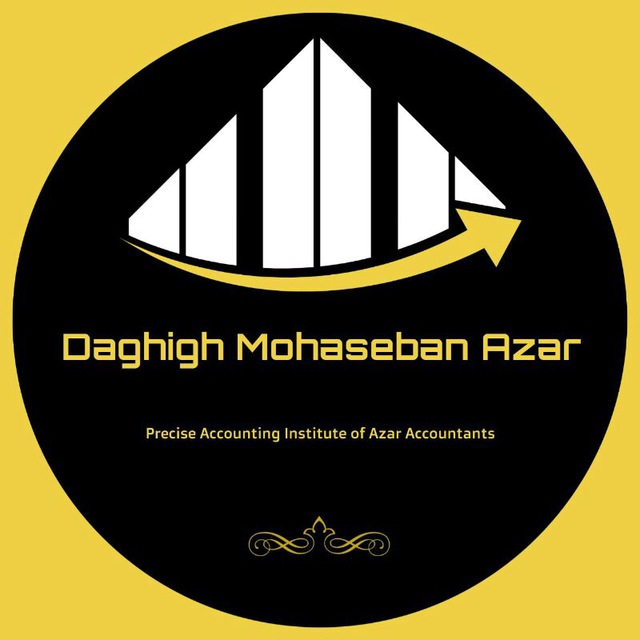What is meant by value added tax credit?
The value added tax credit is the tax and duties paid by the buyer at the time of purchasing goods or receiving services, which can be deducted from the sales value added tax, and at the time of submitting the value added tax declaration, the amount of added value paid mentioned in the purchase or receipt invoices can be Deduct the services from the value added tax received from the customers for selling goods or providing services and pay the difference if the value added tax is due. The important point about the value added tax credit is the conditions for its acceptance by the tax administration. This issue will be determined during the value added tax.
Conditions for accepting tax credits by the Tax Administration:
The seller is registered in the VAT system:
One of the conditions for accepting taxes and duties paid as tax credit is buying goods or receiving services from individuals and companies that are registered in the value added tax system. If you have made purchases from people who are not registered in this system and have even paid taxes and duties, the amounts paid will not be considered as tax credit for you.
The purchase invoice should be according to the sample approved by the Tax Administration:
Another condition for accepting your payments as tax credits is that the seller has issued an invoice for the sale of goods or service providers to you, and the terms and conditions accepted by the Tax Administration have been met in this invoice. The specifications of these factors are fully explained in the fourth chapter of the step-by-step value-added training book.
The purchase invoice belongs to the taxpayer:
This means that in the invoice that has been issued, your information is recorded in the buyer’s section.
Details of the buyer and seller and the price of the goods or services should be detailed in the invoice:
This information includes the buyer’s name, economic number or national number or national ID number, contact number, address, registration number and other such things. Taxes and duties of the second type of invoices, which are mostly used by stores and in which the buyer’s details are not recorded, are not approved as tax credits.
The listed goods or services are not exempt from value added:
There are goods and services that should not be charged or paid when they are supplied or received. If there are such items in your purchase invoice (even if the tax was calculated for them by mistake) and you have paid taxes and duties for them, it will not be accepted as a tax credit.
The amount of added value of each product or service has been calculated and recorded in the relevant row:
In the first type of invoice, which is approved by the tax affairs organization, taxes and duties related to goods or services must be calculated in each row. If there is no calculation of value added and duties for each row, you cannot use it as a tax credit.
Value added tax is recorded separately in the accounting heading:
Another very important condition for accepting tax credits is that you have recorded the amount of taxes and value added taxes on purchases and sales separately in the accounting heading so that it is easy to prepare a report. Failure to register taxes and value added duties separately means that you do not accept it as a tax credit, let alone the tax expert who is handling your case.
@daghigh_mohaseban_azar
This post is written by mda140
